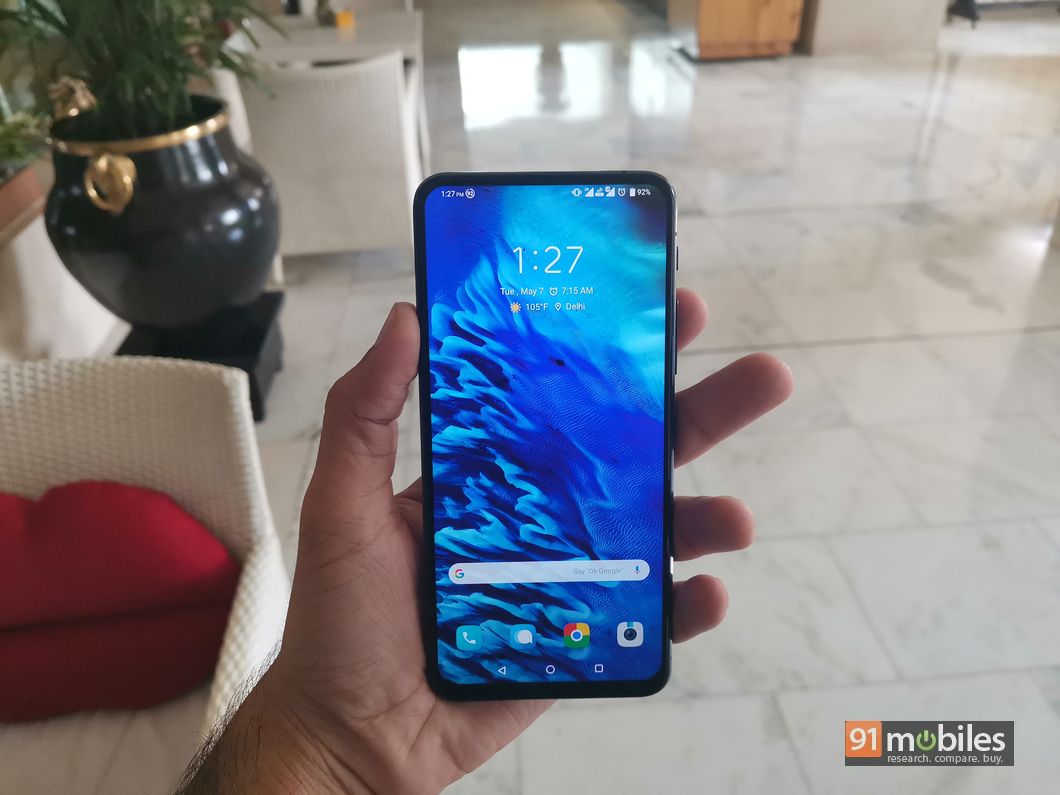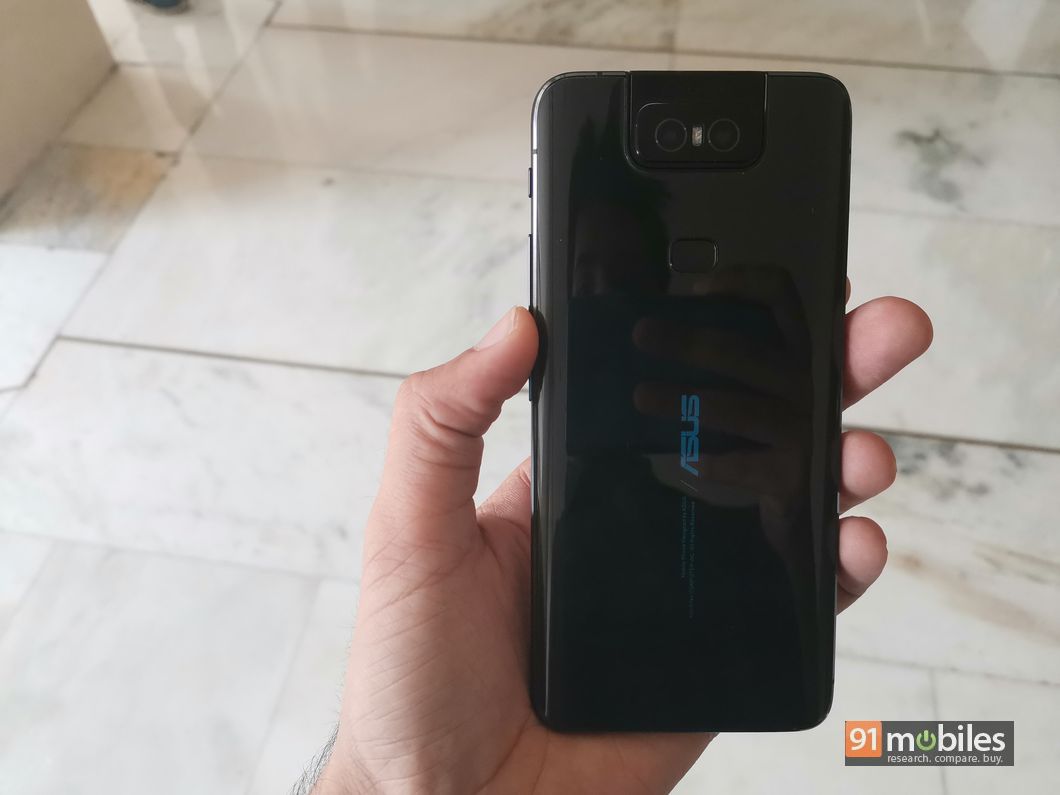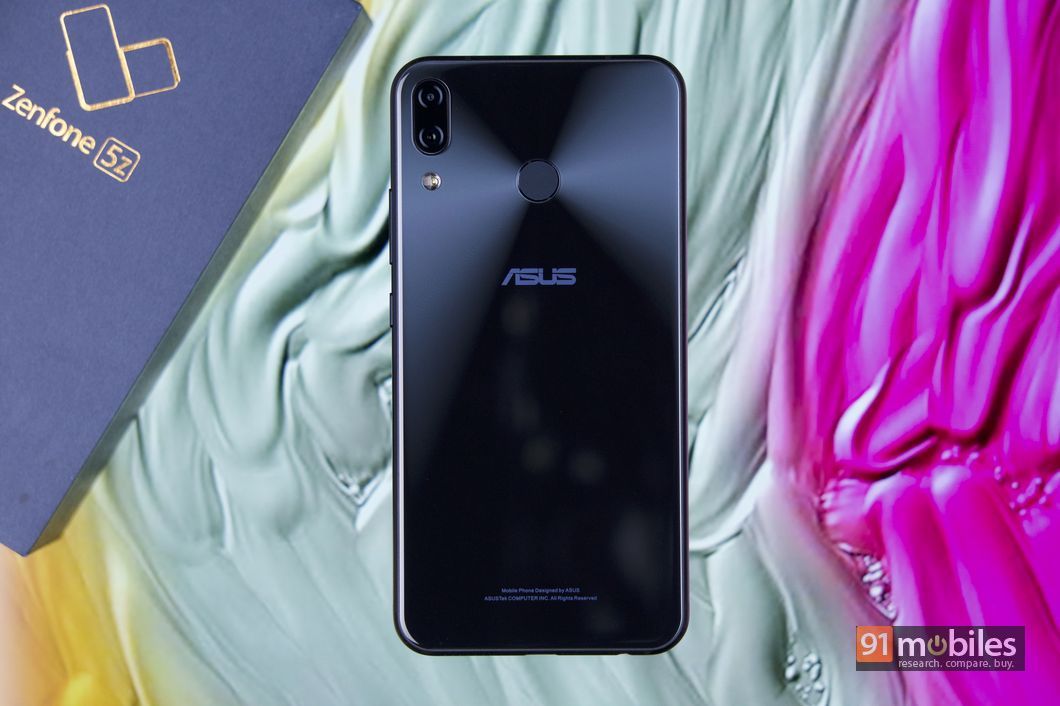
“The ASUS ZenFone 6 features one of the most unique implementations to achieve high screen-to-body ratio”
In February last year, ASUS took covers off its flagship, the ZenFone 5Z (review), which brought forth powerful features such as the Snapdragon 845 SoC and up to 8GB RAM. This year, the Taiwanese manufacturer is taking its flagship game a step ahead with the launch of the ZenFone 6. Unlike most successors which are an iterative upgrade, we believe the brand’s latest is a revolutionary upgrade. So what exactly has changed this year? Stay with us to find out.
Table of Contents
ASUS ZenFone 6 vs ASUS ZenFone 5Z price
The ASUS ZenFone 6 is being offered in three RAM and storage variants — 6GB + 64B, 6GB + 128GB and 8GB + 256GB. The Taiwanese phonemaker has set the price for the base variant at €499 (about Rs 39,000) and 6GB +128GB model will retail for €559 (~Rs 44,000). The top-end 8GB version will retail for €599 (~Rs 47,000). While we do know that the ZenFone 6 launch in India will happen sooner than later, we don’t have an exact date, yet.

In comparison, ASUS launched the ZenFone 5Z in three RAM and storage configurations as well — 6GB + 64GB, 6GB + 128GB, and 8GB + 256GB. The pricing for all three models was set at Rs 29,999, Rs 32,999 and Rs 36,999, respectively, though the device has received several price cuts since then.
ASUS ZenFone 6 vs ASUS ZenFone 5Z specifications
When ASUS launched the ZenFone 5Z, the display notch was all the rage and the smartphone also came with one. The smartphone had a premium glass sandwich design, almost bezel-less fascia and an immersive display. Basically, keeping up with the changing times and that’s what the brand has done this year as well. With the ZenFone 6, the brand has got rid of the display notch and went for a rather unique implementation for the selfie camera (we will talk in detail about it ahead in the article), encased in the same classy glass-back design.

Speaking of the display, the ZenFone 5Z features a 6.2-inch full HD+ display with an aspect ratio of 19:9. On the contrary, the ZenFone 6 flaunts a larger 6.46-inch panel with a resolution of 1,080 x 2,340 pixels and 19:5:9 aspect ratio. Thanks to the swivelling camera module, the device offers an impressive screen-to-body ratio.

The ZenFone 6’s USP is the 48MP Sony IMX586 sensor backed by a secondary 13MP wide-angle shooter with a 125-degree viewing angle. When you toggle on the selfie mode, the same dual-camera module slides and swivels up towards the front. This makes ZenFone 6 the only smartphone after the Samsung Galaxy A80 (first impressions) to have such setup. In comparison, the ZenFone 5Z sports a 12-megapixel primary camera aided by a secondary 8-megapixel shooter on the back and an 8-megapixel shooter on the front for selfies. The ASUS ZenFone 6 certainly comes out on the top here with its flip cameras and a powerful 48MP primary sensor.

Under the hood, the ZenFone 5Z has the Snapdragon 845 ticking at its core, whereas the ZenFone 6 rocks the newest Snapdragon 855 SoC. As aforementioned, both phones come with a variety of RAM and storage options. Software-wise, the ZenFone 5Z shipped with Android Oreo-based ZenUI out of the box at the time of its launch, and has received Android 9.0 Piue update since then. With its latest launch, however, the company has opted for stock Android-like interface with the ZenUI 6.

ASUS has also bumped up the battery significantly. The ASUS ZenFone 5Z sports a 3,300mAh cell with ASUS BoostMaster fast charging tech. As opposed to that, the ZenFone 6 flaunts a massive 5,000mAh battery with fast charging support.
Bottomline
It goes without saying that the ZenFone 6 is better than the ZenFone 5Z in every aspect. That being said, with the impending launch of the ZenFone 6 in India, the pricing of the ZenFone 5Z is bound to drop and if you are looking for an affordable yet powerful smartphone, the ZenFone 5Z might be a great option.












